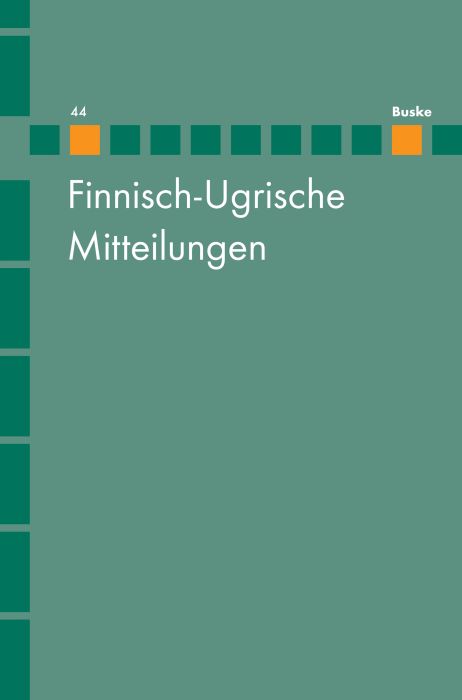Finnisch-Ugrische Mitteilungen Band 44

Beschreibung
Bibliographische Angaben
| Einband | |
|---|---|
| DOI | |
| Auflage | |
| ISBN | |
| Sprache | |
| Originaltitel | |
| Umfang | IV, 130 Seiten |
| Erscheinungsjahr (Copyright) | 2020 |
| Reihe | Finnisch-Ugrische Mitteilungen |
| Herausgeber/in | Beáta Wagner-Nagy Cornelius Hasselblatt |
| Hersteller nach GPSR |
Helmut Buske Verlag GmbH |
